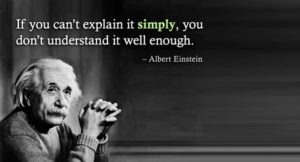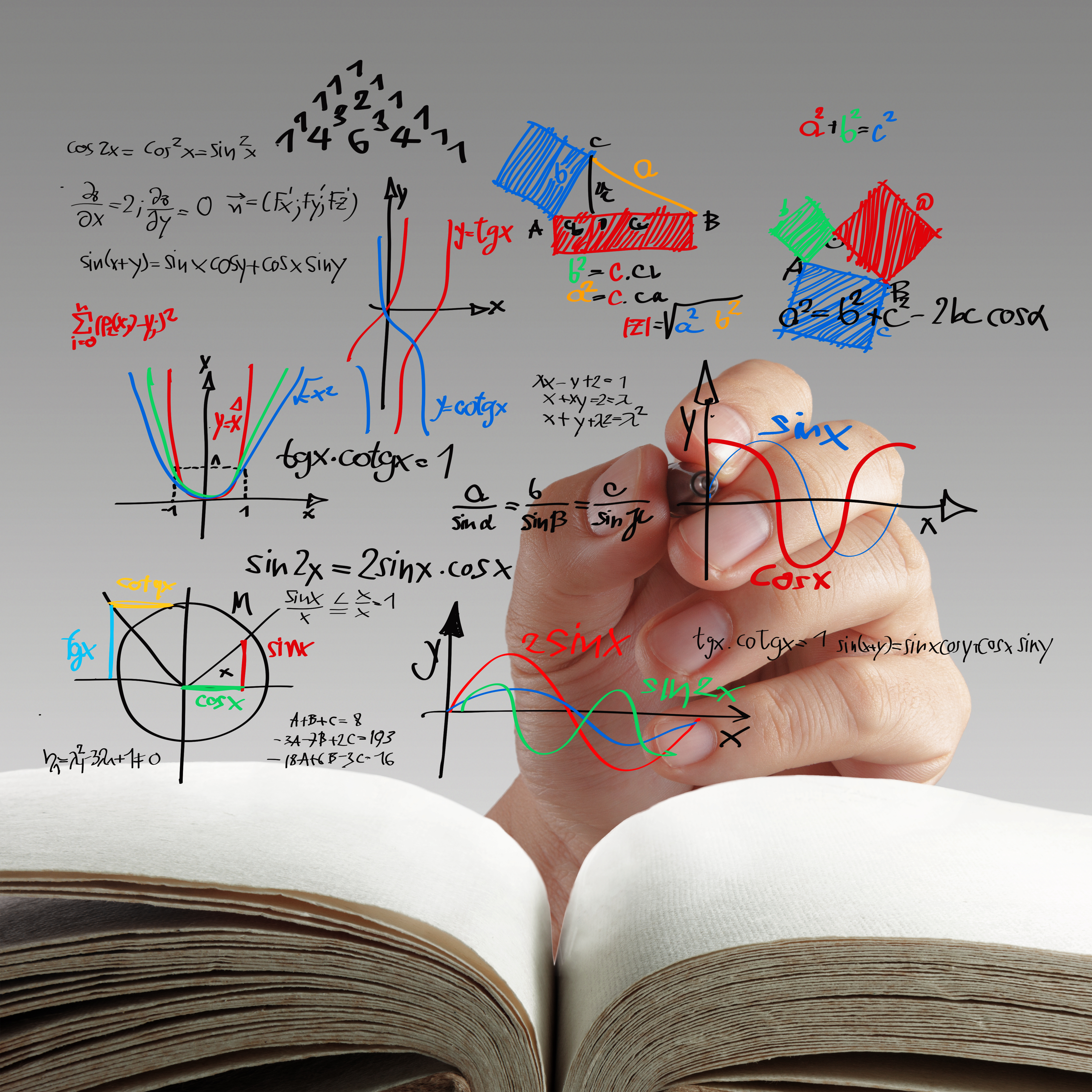Part One – Watt? I Can’t Hear You Over The Bels
If you’re going to call yourself an engineer, you need to do math. Sorry, but that’s a rule. When I was an electrical engineering student, we always held ourselves above civil and mechanical engineers, because we had to do more complex mathematics in order to graduate (Now you ME’s and CE’s don’t go getting your noise out of joint. Chem E’s did the same thing to us). Go ahead and ask a mechanical engineer what a LaPlace or Fourier transform is, and you’ll see the expression on their faces.
I also learned that part of being an engineer was learning to learn engineer speak. So let’s look at some of the basic math involved with, and the language used with RF networks.
IT engineers have had it pretty easy when it comes to math. Not that they don’t have the ability to learn it, but that’s what we have computers for anyway, isn’t it? Outside of learning a little binary arithmetic to do subnetting, we don’t do much math, and with IPv6, even that is going away. But, if you happen to be a wireless network engineer, you don’t get off that easy. Especially if you want to do your job properly, and provide a network that will perform close to laboratory specs. These days, connectivity isn’t good enough, our WiFi networks need to be high performance, high client density networks.

I have found through years of study, that the more you know about something, the easier it is to understand, and explain to someone without your level of knowledge (also known as your customer or end user). So let’s get down some basic math and language to help you better do your job.
Let’s start with watts and decibels. Both are measure of power, but they mean different things. In basic electronics, power in watts is the product of the voltage and current in a DC circuit. In AC circuits it’s a little more complicated because the voltage varies with time, but the principle is the same.
P(watts) = Voltage (V) * Current (I)
Now if you know a little about exponential math, you know that a kilowatt it 1000 watts, and a milliwatt is one thousandth of a watt. Remember those values, they’re the most commonly used measurements in power discussions.
Decibels are different. As Webster defines a decibel “a unit for expressing the ratio of two amounts of electric or acoustic signal power equal to 10 times the common logarithm of this ratio.”
In mathematical terms:
Power (Db) = 10 log (Measured Power/Reference Power),
Assuming both powers (measured and reference) are in watts. In the example, the power is measured in watts and our reference power would be 1 watt. If we were to change that reference power to one milliwatt, then our power would be in dBm. We use dBm in WiFi because transmit and receive powers are so low, they are always a fraction of a watt.
To keep it simple, watts and decibels are both power measurements. Watts are direct measurements, decibels are ratios.
That’s enough for part one. In part two, we’ll look at some more in depth mathematics involving these terms and some tricks to avoid having to do that math.
Part Two – Three Is a Magic Number (and 10 Really Rocks)
In part one of this discussion on RF mathematics, we established the basic language of watts and decibels. By the way, impress your friends by knowing that a decibel is actually one tenth of a bel, named after Alexander Graham Bell. And if you have to tell your friends who he is, get some new friends.
Let’s look at some basic math using these terms. There will be times when you need to convert between watts and decibels, more specifically milliwatts to dBm, so let’s get that down.
If you don’t remember logarithms, the log of the number a is the power to which you must raise 10 to get the number a, so 2 is the log of 100, and 3 is the log of 1000. Remember also, that anything raised to the power of zero equals one.
The basic formula to obtain power in dBm is:
P(dBm) = 10 · log10( P(mW) / 1mW)
So if we were given a power of 1mW, the power in dBm is zero, because of the rule mentioned above.
But who has time to do all of these logarithmic calculations? Not me, and I love math. So let’s pay homage to Dr. Einstein and commit one thing to memory: the 3dB point. If we reduce a signal by 3 dB, we cut the power in half. If we increase a signal by 3dB, we double the power. Now we have the rule of 3’s, which makes things pretty easy for us. Notice below that we increase the left side by 3, and we double the right side with each increase.
0dBm = 1mW
3dBm = 2mW
6dBm = 4mW
9dBm = 8mW
12dBm = 16mW
15dBm = 32mW
18dBm = 64mW
21dBm = 128mW
24dBm = 256mW
27dBm = 512mW
30dBm = 1024mW
33dBm = 2048mW
36dBm = 4096mW
There is also the rule of 10’s, which says for each increase of 10dB of power on the right hand side, we multiply the left hand side by 10:
0dBm = 1mW
10dBm = 10mW
20dBm = 100mW
30dBm = 1000mW
40dBm = 10000mW
Armed with those two rules, you can impress your friends at parties with your intimate knowledge of logarithmic calculations.
That concludes part two of our lesson. Please insert disc three for the next lesson.
Just kidding, we’ll post part three soon enough.
Part Three – It’s an Application Situation
In part one we established a couple of important terms, in part two we looked at some basic math to back them up. How we apply them is the next challenge. Let’s give two examples, RSSI and SNR.
RSSI, or Received Signal Strength Indicator, is a measurement of how well your device can hear a signal from an access point or router. In other words, is our signal good enough to make a connection. The following table will help us to know.
| -30 dBm |
Awesomeness |
Max achievable signal strength. Client is right next to AP. Not typical in real world. |
I just said not typical, so forget it. |
| -67 dBm |
Rocks the House |
Minimum signal strength for applications that require very reliable, timely delivery of packets |
VoIP, WiFi, streaming video |
| -70 dBm |
Meh |
Minimum strength for reliable packet delivery |
Email, web |
| -80 dBm |
Gnarly |
Basic connectivity, packet delivery may be unreliable |
Go ahead, try it. See if it works. But don’t be to disappointed. |
| -90 dBm |
Fugedaboutit |
Approaching noise floor, basic functionality unlikely |
Don’t even bother. |
So always make sure your RSSI is above -80 dBm at a minimum, between -55 and -70 is most desirable for quality connections.
Signal to noise ratio (SNR) is just that. How does our signal (data, music, whatever) strength compare to the strength of the noise in our environment? If the signal is much stronger than the noise, this is good. If the ratio is a small number, this is bad. And truth be told, it’s not a ration, it’s the difference between signal strength and the noise floor.




